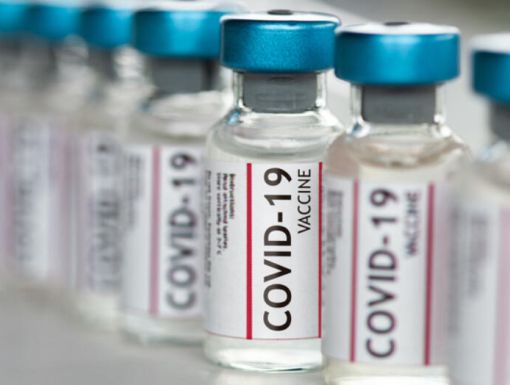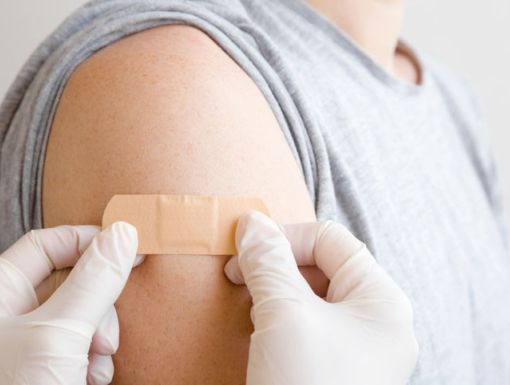
How Does a Pandemic End?
The CDC confirmed the first case of COVID-19 in the United States on Jan. 21, 2020. Now, almost a year later, we are still in the pandemic. However, even though the FDA has given Emergency Use Authorization to the Pfizer and Moderna vaccines, it isn’t like a magic switch in which overnight the pandemic goes away. So, how does a pandemic end? We can look to the flu pandemic of 1918-1919 for some guidance.
The flu pandemic of 1918 was the deadliest pandemic of the 20th century and was more deadly than the COVID-19 pandemic is currently. Globally, it infected over 500 million people and killed 50 million, with the United States experiencing around 675,000 deaths. Back then, the quick creation of a vaccine was not as tangible as today due to the lack of available research and technology. But what scientists learned from the 1918 pandemic is that for a pandemic to end, the virus must reach a point where it cannot easily find hosts to catch it and spread the virus further. The end of the 1918 pandemic arrived by people practicing social distancing, wearing face masks and enough people globally were infected that the virus could not easily continue to spread, which is known as herd immunity.
Herd immunity is a group protection that happens when a large part of a population becomes immune to a specific disease. The people who are immune do not become sick if they are exposed again to this disease, and if enough of them are immune, the risk of spreading the disease from person to person becomes very low.
The percentage of the population that must be immune to a disease for herd immunity to occur varies based on the disease itself and how infectious it is. Usually, it is estimated that between 70% to 90% of the population must be immune to achieve it.
Herd immunity can be built in two ways:
- People contract the disease and build a natural immunity
- People are vaccinated against the disease to help them build this immunity
For the COVID-19 pandemic, we continue to see record-breaking numbers of cases and deaths in the United States. We must reach herd immunity to slow the spread. However, unlike the 1918 pandemic, we should not try to achieve herd immunity though enough people becoming infected by the virus. That is extremely dangerous for all, but especially for the elderly and frail population. Our best bet is for enough people to become immune through vaccination.
However, even with the FDA approved vaccine, it may take up to a few months for it to become available to the whole population, and there may be some who decide not to get vaccinated. Until the majority of the United States has been vaccinated and we reach herd immunity, we will need to continue to practice social distancing, handwashing and wearing masks. These are the best ways to reduce your chance of being exposed to or spreading the virus until we end this pandemic.
For more information on the COVID-19 vaccine, visit www.ochsner.org/vaccine or call the COVID-19 hotline at 1-844-888-2772 or 504-842-0201.



